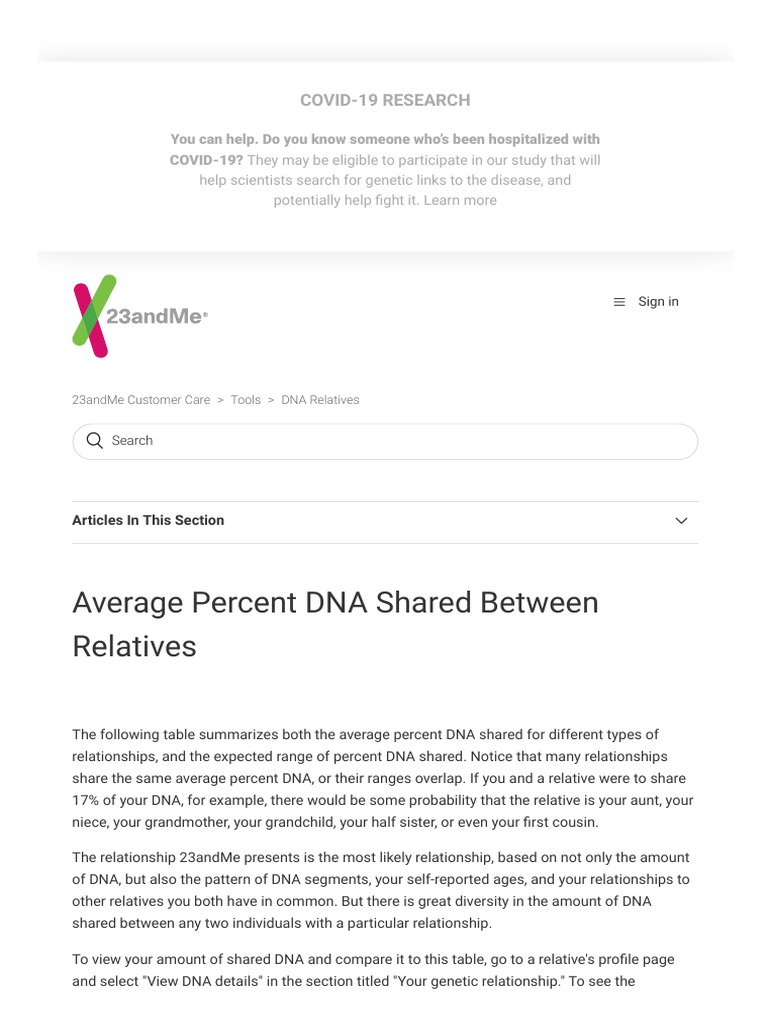The human genome, a vast and intricate blueprint, dictates the characteristics that define our species. While we often focus on the similarities that unite us, the subtle variations within this genetic code are what make each individual uniquely distinct. But just how much of our DNA actually differs from one person to the next?
The answer, while seemingly straightforward, is nuanced. It’s estimated that approximately 99.9% of human DNA is identical across all individuals. This shared genetic heritage accounts for the fundamental biological processes and anatomical structures that characterize *Homo sapiens*. Think of it as the common operating system that allows us all to function as human beings. However, the remaining 0.1% harbors a wealth of genetic diversity that shapes our individual traits, predispositions to disease, and even our responses to medications. This seemingly small percentage point constitutes millions of base pair differences scattered throughout our genomes.
To understand this variation, it’s crucial to delve into the different types of genetic polymorphisms that contribute to our individuality. These include:
1. Single Nucleotide Polymorphisms (SNPs): These are the most common type of genetic variation, representing differences in a single nucleotide (A, T, C, or G) at a specific location in the genome. SNPs are the workhorses of human genetic diversity. Imagine a sentence where one letter is changed; that’s essentially what an SNP represents. A single SNP can influence a myriad of traits, from eye color to susceptibility to certain diseases. Scientists have catalogued millions of SNPs throughout the human genome, providing invaluable tools for understanding the genetic basis of human variation.
2. Insertions and Deletions (Indels): Indels involve the insertion or deletion of one or more nucleotides within a DNA sequence. These can range in size from a single base pair to hundreds or even thousands. Indels can shift the “reading frame” of a gene, leading to the production of a non-functional protein, or they can alter gene expression levels. They are less common than SNPs but can have a more significant impact on phenotype.
3. Copy Number Variations (CNVs): CNVs refer to differences in the number of copies of a particular DNA sequence. Some individuals might have one copy of a gene, while others have two, three, or even more. These duplications or deletions can significantly alter gene dosage, affecting the amount of protein produced. CNVs are implicated in a range of diseases, including neurodevelopmental disorders and cancer.
4. Microsatellites (Short Tandem Repeats – STRs): These are short, repetitive DNA sequences that are highly variable in length between individuals. Imagine a sequence of “CAG” repeated multiple times. The number of repeats can differ considerably from person to person. STRs are particularly useful in forensic science and paternity testing because they provide a unique genetic fingerprint for each individual. The variability observed in microsatellites contributes significantly to our overall genetic diversity.
5. Structural Variations: This broader category encompasses large-scale genomic rearrangements, including inversions (where a segment of DNA is flipped), translocations (where a segment of DNA moves to a different chromosome), and complex rearrangements involving multiple breakpoints. Structural variations can disrupt genes, alter gene expression, and contribute to chromosomal instability. They are often associated with developmental disorders and cancer.
The distribution of genetic variation is not uniform across the human genome. Some regions are highly conserved, meaning they show little variation, while others are highly variable. This reflects the different selective pressures that have acted on different parts of the genome throughout human history. Regions involved in essential cellular functions tend to be more conserved, as mutations in these regions are more likely to be detrimental. Regions involved in adaptation to local environments, on the other hand, may exhibit higher levels of variation.
Furthermore, genetic variation is not evenly distributed across human populations. Different populations have accumulated different sets of genetic variants over time due to factors such as genetic drift, founder effects, and natural selection. This means that individuals from different ancestral backgrounds may have different predispositions to certain diseases or different responses to certain medications. Understanding these population-specific differences is crucial for developing personalized medicine approaches.
The 0.1% of DNA that varies between humans may seem small, but its impact is profound. It shapes our physical appearance, our susceptibility to disease, our responses to drugs, and even our behavior. The study of human genetic variation is a rapidly evolving field that promises to unlock new insights into human biology, disease, and evolution. By understanding the genetic differences that make us unique, we can develop more effective strategies for preventing and treating disease and for improving human health.
This genetic mosaic, constantly shifting and reshuffling across generations, is what fuels the dynamism of our species. It’s the raw material for adaptation, the source of innovation, and the foundation of our individuality. So, while we share a common genetic heritage, the subtle variations within that heritage are what make each of us an exemplar of uniqueness.










Leave a Comment